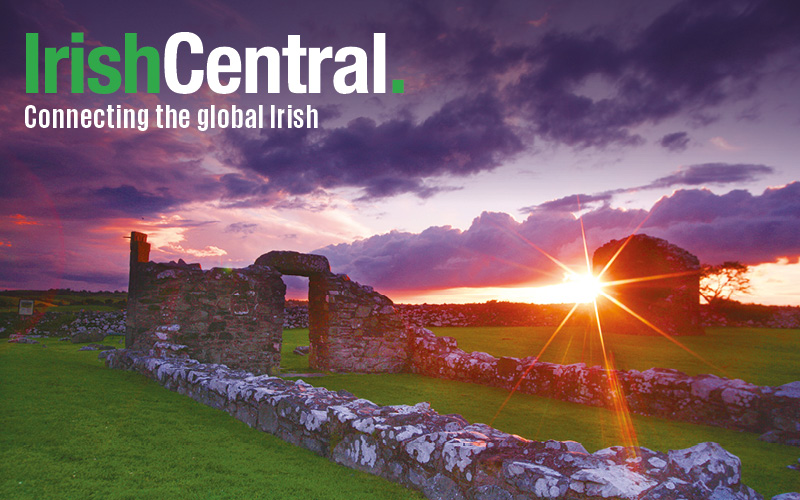It is no secret that the American rail system was built on the backs of large populations of ethnic groups. The Irish worked the lines of the Union Pacific, among others, traveling farther and farther west into towns such as Cheyenne and Medicine Bow, Wyoming, Denver, Colorado and to the Pacific coast. As the 1860s progressed, the stretch of the Irish along the rail lines significantly increased, leaving a mark on the western United States still felt today.
In the midst of the Civil War, the race to complete the Transcontinental Railroad was moving at full speed. The first track was laid in 1863; the Central Pacific line beginning in Sacramento, California, and the Union Pacific starting in Omaha, Nebraska. Both companies wanted the distinction of laying the most track. They faced over 2000 miles, including the monumental effort of crossing through the Rocky Mountains.
At one point, the Union Pacific set a new record of laying eight miles of track in a single day, stunning the competition. Central Pacific, determined to make its mark, established a plan that would place 10 miles worth of track in a single day, and it started with eight Irish tracklayers, putting down 3,520 rails. Other workers followed behind, laying 25,800 ties and driving 28,160 spikes. Finally in 1869, the two lines met at Promontory Summit, Utah, completing the transcontinental railway.
The rail system opened the west like nothing ever before, and continued to rely on Irish employees. You will find a great history of Irish through the western states, moving along the tracks. Men such as Patrick Seals, a resident of Cheyenne, Wyoming, who in the 1910 Census is recorded as a track foreman. Three of his sons also worked for the railroad. Born in Ireland, and a Great Famine immigrant, he and his wife Catherine made a life in the west, living predominantly in Wyoming, but could also be found in Colorado.
The impact of the Irish on the American railway system has not been forgotten, with establishments such as the Irish Railroad Workers Museum in Baltimore; and numerous historic landmarks and markers that dot the landscape from coast to coast. The culture of the Irish is celebrated across the western states, with events and projects such as "The Gathering: Collected Oral Histories of the Irish in Montana."
You can utilize the collections on Findmypast to discover your Irish heritage. Find your ancestor in the Census Collection to establish a time line of how and where they journeyed across the country, then dig into the Newspapers and Periodicals to find the details.
This article was part of a collaboration between IrishCentral and Findmypast. For more, click here.




Comments